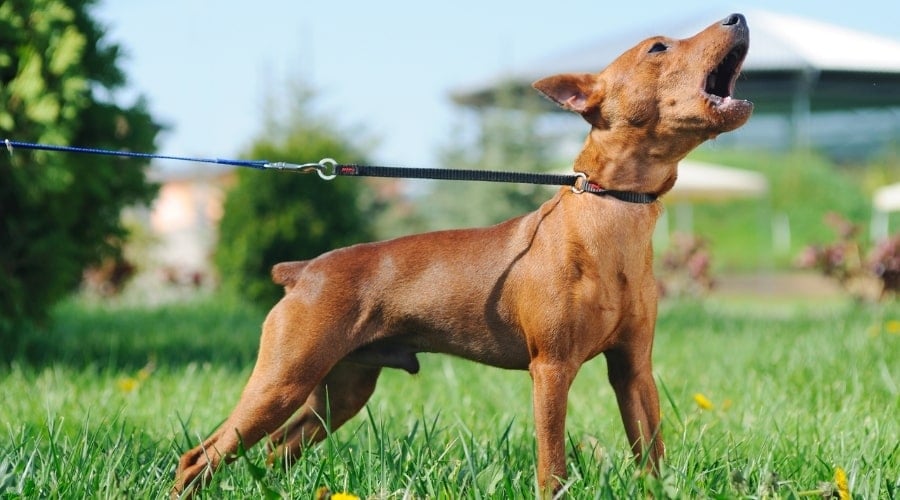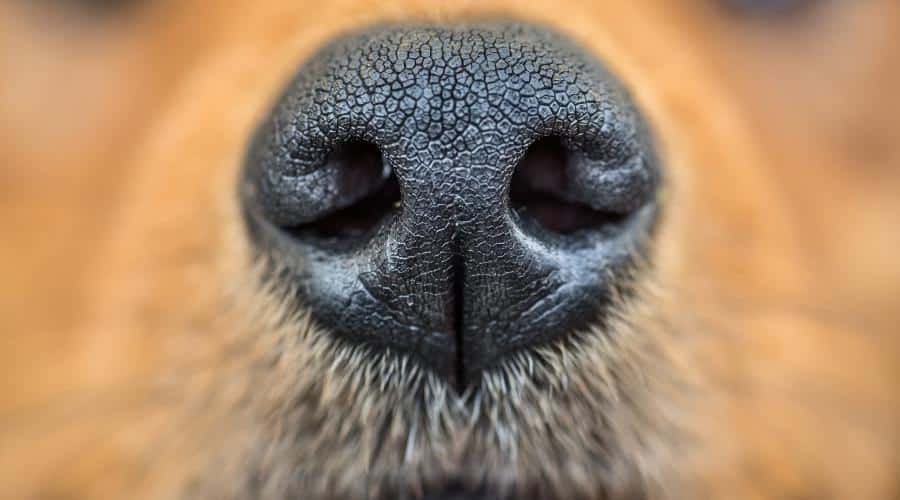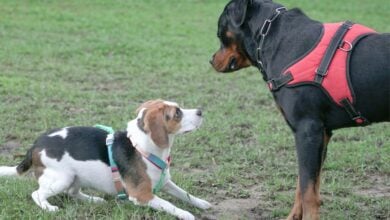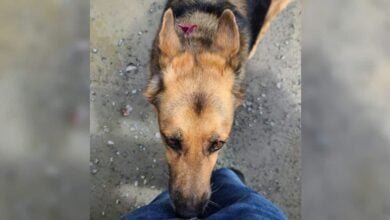Why Do Dogs Not Like Certain People? Discover What Your Dog Might Be Sensing
When you purchase through links on our site, we may earn a commission. Here’s how it works.
Dogs don’t just randomly dislike people. If your pup avoids, growls at, or gives someone the side-eye, there’s usually a reason.
Table of Contents
From strange body language to scents we can’t even detect, dogs are picking up signals most humans miss. Here’s what your dog might be sensing when they decide someone is on the “do not trust” list.
The Weirdest Reasons Dogs Snub People
Think your dog is just being picky? Nope. Dogs actually have rock-solid reasons for giving someone the cold shoulder. Most fall into five categories.
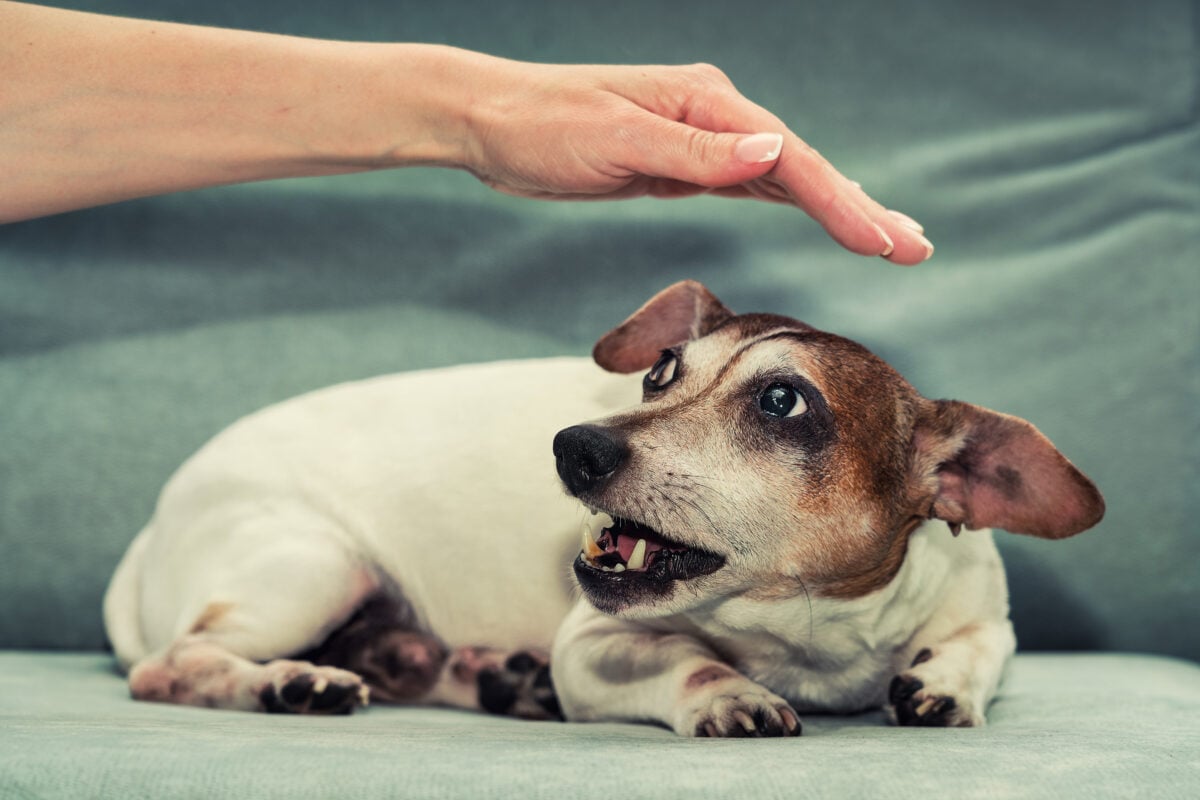
Top 5 Turn-Offs For Dogs
- Awkward or over-the-top body language
- A voice that sounds angry, harsh, or too loud
- Scents that scream fear or stress
- Seeing someone treat their favorite human poorly
- Bad memories or past trauma linked to certain people
Your dog isn’t being dramatic. They’re reacting to signals most humans miss. Below, we’ll break down each reason with science (and some funny real-life examples).
Why Do Dogs Not Like Certain People? 5 Researched Reasons
Dogs rarely dislike someone without a reason. Most of the time, they’re picking up on subtle signals humans overlook.
Research shows that dogs react to specific cues—like how someone moves, talks, smells, or behaves around their owner—that can instantly make or break a first impression.
1. Body Language Blunders
Dogs are masters at reading body language, but they don’t always interpret it the way humans do. Someone who stiffens up, fidgets, or makes jerky movements can look suspicious to a dog.
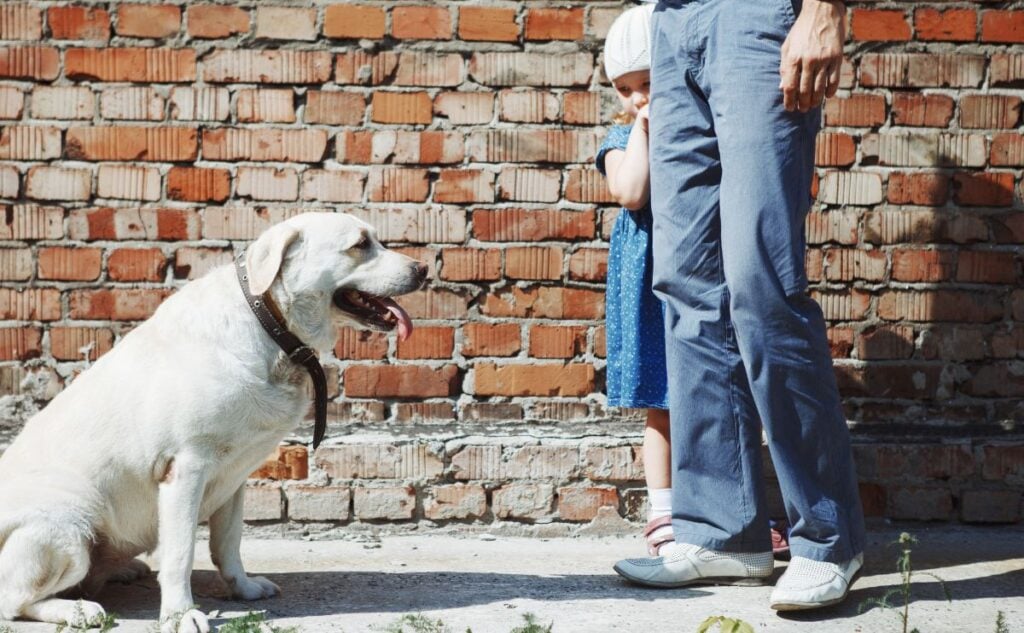
Dogs are also quick to notice when a person simply isn’t a fan of them—here’s the psychology behind why some people dislike dogs—and that tension can make pups uneasy.
Eye contact is another big one. While people often see steady eye contact as friendly, many dogs interpret it as pushy or aggressive.
On the other extreme, the “overexcited dog lover” who rushes in for pats, bends over the head, and gets right in a pup’s face can make dogs nervous.
How To Pass A Dog’s First-Impression Test
- Stay relaxed and move naturally
- Avoid staring contests
- Let the dog approach you instead of rushing in
Think of it like meeting an introvert at a party: if you barge into their personal space, they’re not going to warm up. Dogs feel the same way.
2. Tone Of Voice
Dogs don’t just listen to the words we say. They’re tuned in to pitch, volume, and emotion.

A cheerful, sing-song tone usually tells a dog, “You’re safe and loved.” A booming, harsh, or angry tone can send the opposite message: “Stay away.”
Research has found that dogs’ brains light up differently depending on whether a voice sounds happy or threatening. That means your pup may judge someone based less on what they say and more on how they say it.
The Voices Dogs Love
- Higher-pitched and upbeat = friendly
- Calm and steady = trustworthy
- Loud or harsh = instant red flag
If you’ve ever caught yourself using “baby talk” with your dog, you’re not wrong. Science shows most dogs really do prefer it to a gruff “Hey, sit down.”
3. The Sniff Test
If you think your dog is judging someone by how they look, think again. Dogs rely on their sense of smell first.
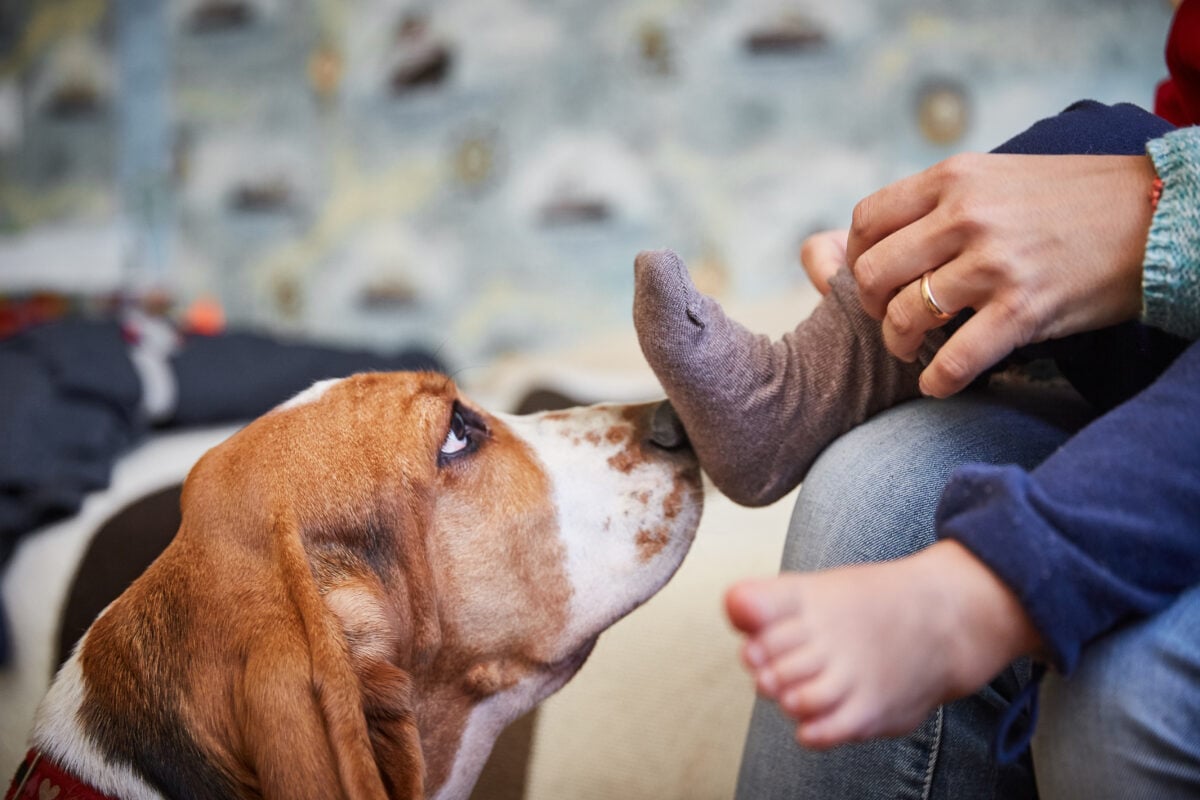
With up to 300 million scent receptors (compared to our 6 million), they can pick up things we’ll never notice—including human emotions.
A 2017 study published in Animal Cognition proved just how powerful this is. Scientists exposed dogs to three things: their owner, a stranger, and an odor dispenser that released either “fear sweat,” “happy sweat,” or no scent at all.
The results were wild. When dogs smelled happy sweat, they relaxed, wagged more, and interacted with the stranger even more than with their owner. Their heart rates even went down.
But when exposed to fear sweat, dogs showed classic stress signs—lip licking, tucked tails, avoiding eye contact—and they clung to their owners for comfort.
What Dogs Can Sniff Out About You
- Stress, fear, and anxiety hormones
- Joy and excitement (yes, they can smell happiness)
- Even traces of where you’ve been and who you were with
So if your pup suddenly dislikes a visitor, it may not be their outfit or their voice. Their scent could be giving away exactly how they’re feeling.
4. The Loyalty Factor
Dogs aren’t just watching you. They’re watching how other people treat you.
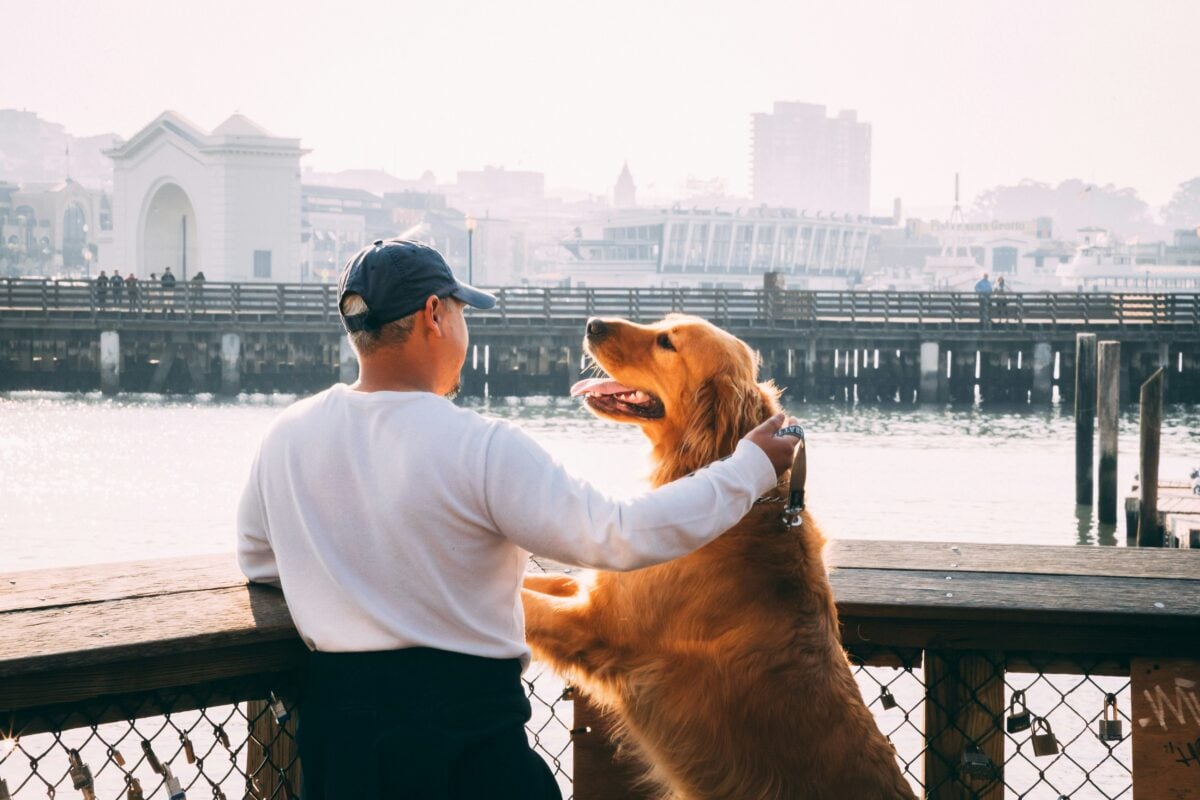
Scientists call this “social eavesdropping.” Dogs quietly observe human-to-human interactions and then decide who they like (or don’t like) based on what they see.
If someone is kind, warm, and helpful toward their owner, most dogs respond positively. They’ll wag, approach, and show trust more quickly.
On the flip side, a person who ignores you, speaks rudely, or acts dismissively can instantly land on your dog’s “nope” list.
Researchers have even run experiments showing this in action. Dogs were less likely to accept treats from strangers who had previously been unhelpful or rude to their owners.
To a dog, kindness (or meanness) toward their favorite human is a shortcut for judging character.
How Dogs Judge Your Friends
- Be nice to their human, earn their trust
- Act cold or rude, expect the cold shoulder
- Dogs remember who treats their person well
It’s like your dog has a built-in loyalty detector. If someone doesn’t pass the “friend test” with you, your pup probably won’t either.
5. Haunted By The Past
Dogs never forget the people who made them feel unsafe. Thanks to their sharp memory and strong associations, a single bad encounter can shape how they react to someone forever. If a person once yelled at, scared, or hurt a dog, that memory lingers.

Rescue dogs, in particular, often carry this history with them. A pup that was mistreated by a man with a deep voice, for example, may later fear other men who sound the same. A dog frightened by someone wearing a hat may grow uneasy whenever anyone in a hat walks by.
Even if the new person has done nothing wrong, the old memory is enough to trigger suspicion. The dog’s brain simply links certain traits—gender, clothing style, physical build, or tone of voice—to something negative.
Why the Past Still Matters
- Bad memories can resurface around new people
- Triggers may include clothing, voices, or mannerisms
- Patience and positive experiences can help rebuild trust
To us, it may look like a dog is being dramatic or unfair. To them, it’s survival. Until proven otherwise, the new person feels like a reminder of an old wound.
Can Dogs Sense “Bad” People?
Many owners swear their dog has a sixth sense about people. While pups aren’t psychic, research shows they really can detect things we can’t, like fear, stress, and aggression hidden in body language or scent.
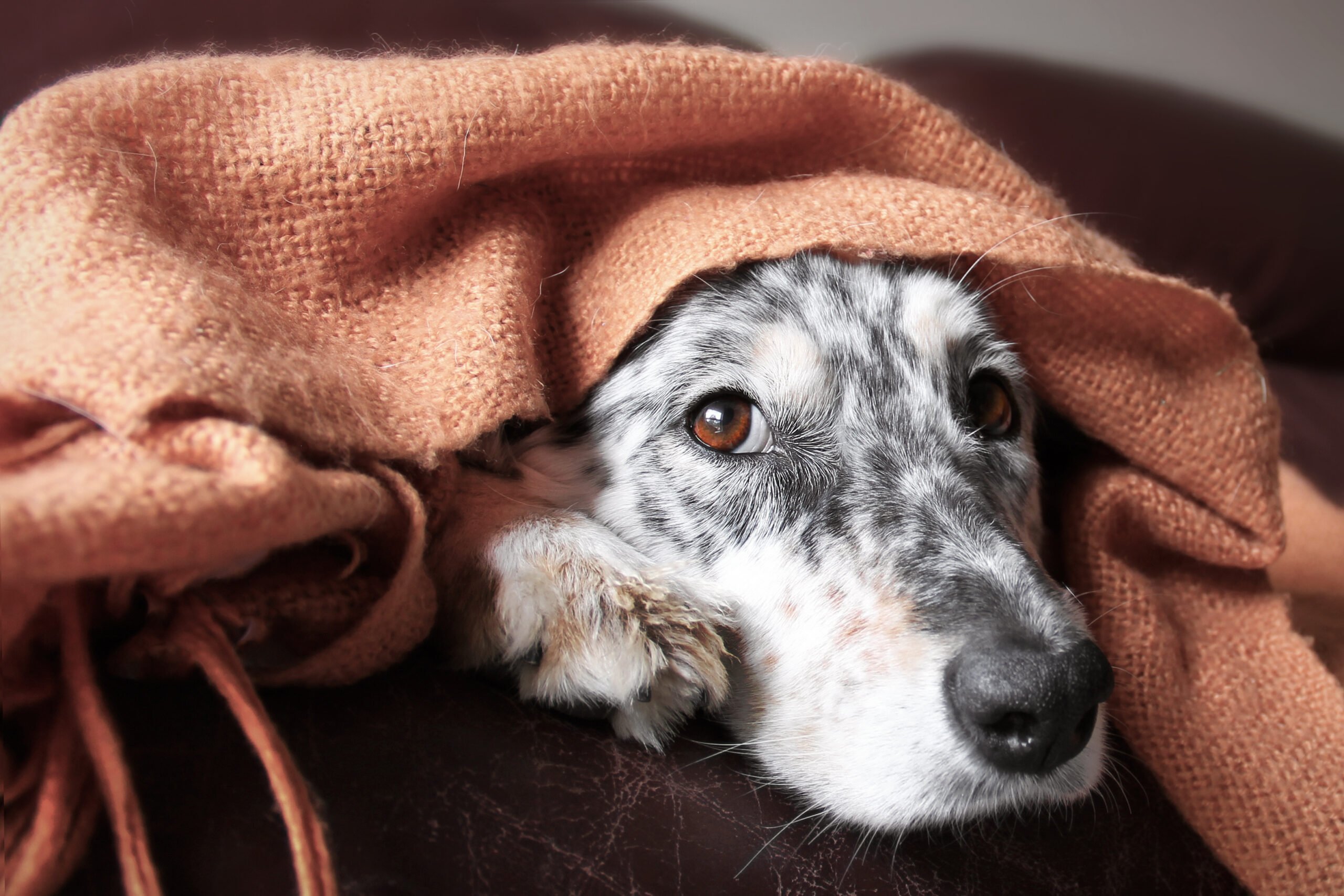
So when your dog avoids someone, it’s not because they know the person’s deepest secrets. It’s because they’re excellent at reading subtle cues that humans often miss.
In other words, they don’t sense “badness,” but they can sense behaviors that feel unsafe.
What Dog Breeds Are More Wary of Strangers?
Some dogs are born to be on guard. Breeds that were developed as watchdogs or protectors tend to be more skeptical of new people.
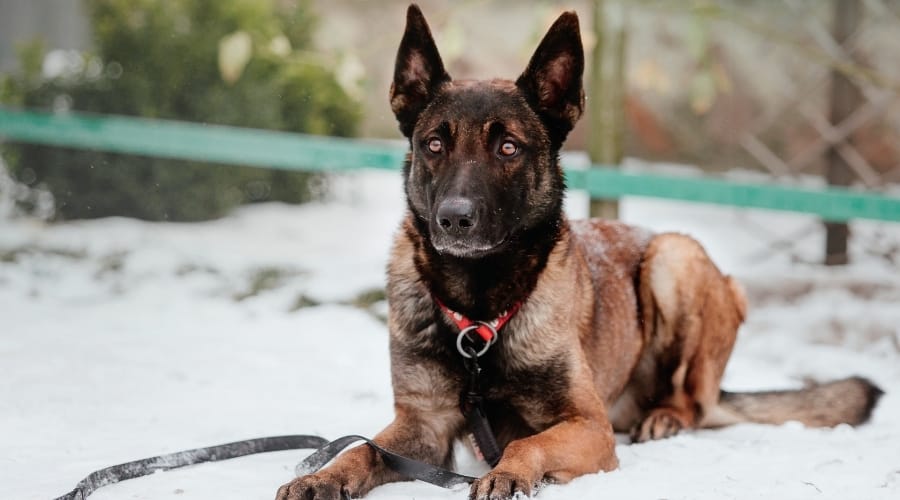
They’ll love their family fiercely but may need extra time (and positive experiences) before warming up to outsiders.
Suspicious By Nature: 10 Breeds That Take Their Time With Strangers
- Akita – Bred as protectors in Japan, Akitas are intensely loyal but often aloof with strangers.
- Basenji – Known as the “barkless dog,” this independent hunter isn’t always quick to trust outsiders.
- Belgian Malinois – A top choice for police and military work, they’re naturally wary and highly protective.
- Chow Chow – Fluffy on the outside, reserved on the inside. Chows are famously suspicious of anyone outside their circle.
- Doberman Pinscher – These sleek guardians were bred to be alert watchdogs, and that instinct still runs strong.
- German Shepherd – Smart, loyal, and protective, German Shepherds often take time to size up new people.
- Giant Schnauzer – Their guarding background means they can be territorial with unfamiliar faces.
- Great Pyrenees – Bred to protect flocks, they’re gentle with family but cautious with newcomers.
- Rottweiler – Powerful and protective, Rotties are loving to their people but naturally skeptical of strangers.
- Tibetan Mastiff – Ancient guardians from the Himalayas, they’re famously aloof and can be standoffish with outsiders.
If your pup is one of these, it doesn’t mean they’re unfriendly—it means caution is hardwired into their DNA. With early socialization and training, many can become perfectly polite greeters, but they’ll always keep that protective streak.
What Are the Most Carefree Dog Breeds?
While some dogs are born skeptics, others seem to think every stranger is a long-lost friend. These breeds are known for their people-loving personalities and usually greet new humans with wagging tails and sloppy kisses.
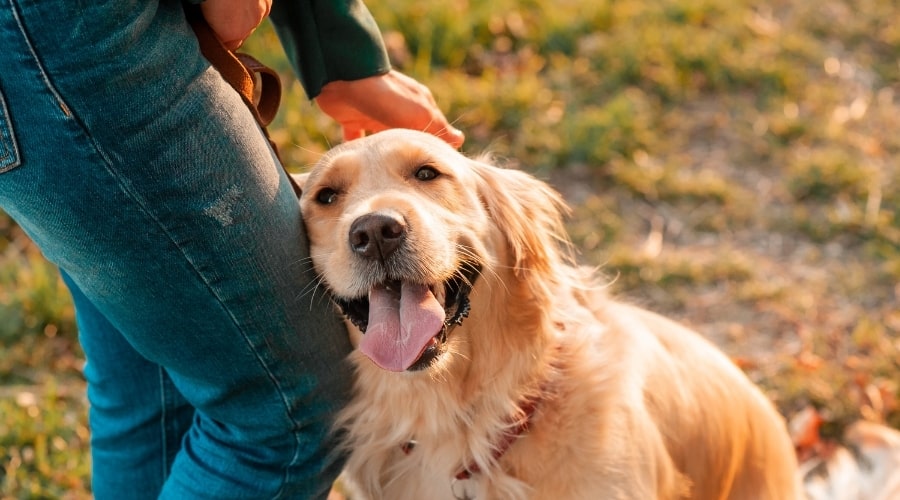
The Welcoming Committee: 10 Breeds That Love Meeting People
- Beagle – Curious and merry, Beagles rarely meet a stranger they don’t like.
- Boston Terrier – Nicknamed the “American Gentleman,” these miniature charmers are outgoing and eager to please.
- Boxer – Playful and clownish, Boxers thrive on attention from just about anyone.
- Cavalier King Charles Spaniel – True lapdogs, Cavaliers adore human contact and tend to greet visitors like family.
- Golden Retriever – Famous for their friendly temperament, Goldens happily dole out affection to everyone they meet.
- Labrador Retriever – Labs are social butterflies, equally excited about family, neighbors, or the mail carrier.
- Pembroke Welsh Corgi – These spirited herders love being part of the action and often charm strangers with their bold personality.
- Poodle – Highly intelligent and people-focused, Poodles are quick to make friends.
- Pug – Goofy and affectionate, Pugs are happiest when surrounded by people who adore them.
- Staffordshire Bull Terrier – Despite their tough looks, Staffies are famously people-oriented and love attention.
Of course, even the friendliest breeds need good socialization to stay confident and polite. But for many of these pups, meeting new people isn’t stressful—it’s the highlight of their day.
Why Dogs Act Different Around Holiday Guests
If your dog suddenly seems wary around visitors during the holidays, you’re not alone. Crowded rooms, costumes, noisy decorations, or the smell of unfamiliar food can all heighten their stress levels.
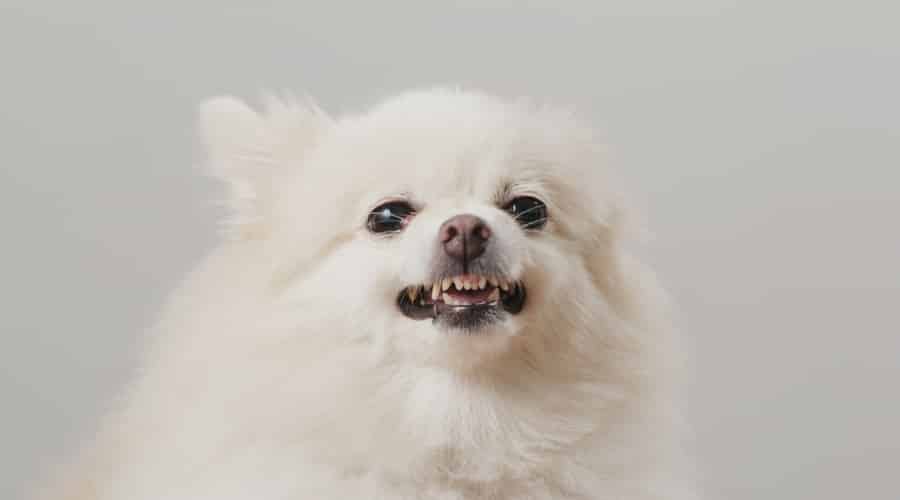
A dog who’s usually calm may act jumpy when the house is full of relatives or when strangers show up in Santa hats.
Giving them a quiet retreat space and keeping introductions calm can go a long way toward keeping everyone’s spirits bright.
Our Personal Experience With Discerning Dogs
Every dog owner has a story about their pup holding a grudge or picking an unlikely enemy.
My usually friendly dog, Tiny, greets most visitors with tail wags. But every so often, someone walks through the door, and he freezes, backs away, or watches from a distance. No rhyme or reason, just a quiet judgment that this person doesn’t pass the vibe check.
Sometimes the reason is apparent, sometimes it’s a complete mystery. Here are a few of our favorites.
Daisy The Sheriff
Daisy is 80 pounds of fluff, sass, and selective affection. She’ll ignore squirrels and greet the mail carrier but older men, especially with deep voices and slow walks? Enemy territory.
Our neighbor Mr. Henderson, a kind man in a sun hat, has done nothing but exist, and that’s enough for Daisy. The moment she hears his gate or rake, she launches to the fence, barking like she’s filing a formal complaint.
He’s tried everything: kind words, treats, even saying, “I used to have a dog like you.” She took it as a threat.
Now, she watches him like a hawk. We call her “The Sheriff.”
One rule: no older men allowed. Still, it’s all bark—no fence jumping, no real aggression. Maybe she’s protecting us or maybe she just enjoys having a nemesis.
– Danielle DeGroot, Dog and Cat Mom & Writer at Canine Journal
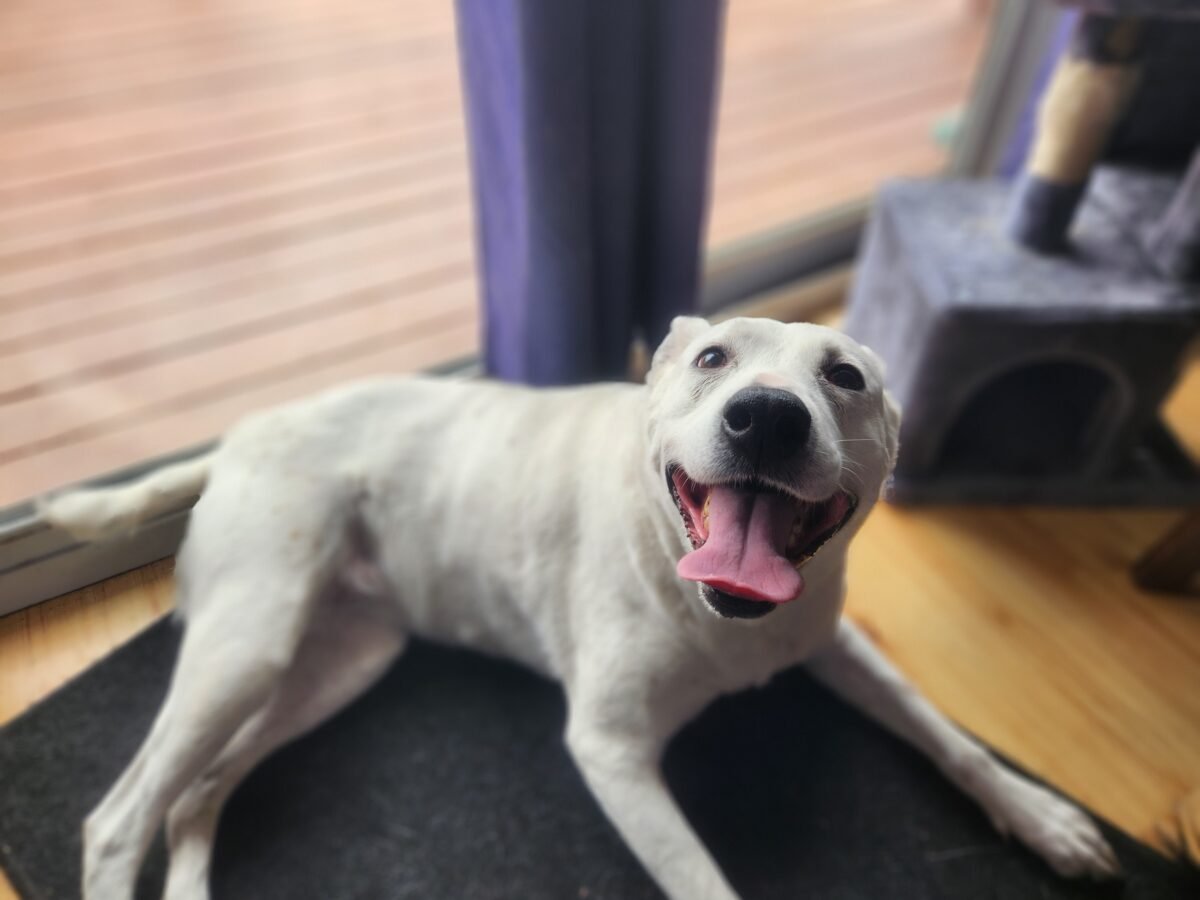
Chips vs Hats & Masks
My young Dachshund, Chips, is usually a brave little explorer except when it comes to hats or masks. On walks, she freezes or growls if someone in a beanie or cap passes by.
The mask fear was a surprise: I once put on my toddler’s festival mask for fun, and Chips totally panicked—barking, scrambling, then bolting to the kitchen where she pooped! Safe to say, costume parties aren’t in her future.
– Emma Braby, Rescue Dog Mom & Writer at Canine Journal

Tips For Visitors: How To Win A Dog’s Trust
If you’re the person a dog doesn’t seem to like, don’t take it personally. Instead, try these simple steps to show them you’re safe:
- Ignore them at first so they don’t feel pressured.
- Avoid direct eye contact—it can feel threatening.
- Move slowly and calmly instead of rushing in.
- Offer treats or toys once they approach on their own.
- Let them sniff you before you try to pet them.
Often, patience pays off. Many dogs just need a little time and space before they decide you’re friend material.
Puppies vs Adults: Why Age Matters
Puppies often act shy or fearful around new people simply because they haven’t had enough socialization yet. If a pup doesn’t meet a wide variety of humans early on, they may hesitate or bark at unfamiliar faces.

Adult dogs, on the other hand, may carry baggage from past experiences. Rescues in particular can react strongly to people who remind them of someone from their history.
Puppies need confidence-building, while adult rescues may need time and gentle reassurance. Learn more about how to bond with a rescue dog or puppy.
Frequently Asked Questions
Even with research-backed reasons, many dog parents still wonder what their pup’s behavior really means. Here are answers to some of the most common (and relatable) questions about why dogs don’t like certain people.
Don’t see your question? Please ask us in our comments, and we’ll do our best to help answer.
Why Does My Dog Not Like Me?
It’s rare for a dog to “truly dislike” their owner, but sometimes they may act distant, fearful, or avoidant. This usually stems from mixed signals, unmet needs, or negative associations rather than actual dislike. For example, harsh tones, inconsistent rules, or limited bonding time can make a dog unsure how to respond.
The good news is this can be repaired. Consistency, patience, and positive reinforcement—play sessions, calm petting, training with rewards—help rebuild trust. Many dogs that seem aloof need more quality time and gentler communication to feel secure.
How Can I Tell If A Dog Doesn’t Like Me?
Dogs communicate discomfort in subtle ways long before they growl or bark. Signs include avoiding eye contact, leaning or turning away, lip licking, yawning when you approach, or a tucked tail.
You might also notice “whale eye,” when the whites of a dog’s eyes show as they glance sideways—an unmistakable warning that they’re uneasy.
If ignored, those signals can escalate into more obvious warnings like growling or snapping. By recognizing early signs of stress, you can adjust your approach and give the dog space before things get tense.
Can Dogs Smell Fear?
Yes. Research shows dogs can literally detect changes in human sweat and body chemistry when we’re stressed or scared.
When exposed to “fear scent,” dogs often become anxious themselves, while “happy scent” makes them more relaxed and friendly.
This is why a nervous person may unintentionally trigger avoidance or fear in a dog. Staying calm, relaxed, and confident around dogs can make them feel more comfortable in return.
What Can I Do If My Dog Doesn’t Like Strangers?
The key is gradual, positive exposure. Start by introducing your dog to calm, dog-savvy people in controlled settings. Pair new faces with treats, toys, or playtime so your pup begins to associate strangers with good things.
If fear or aggression is intense, consider working with a trainer or behaviorist. With time, patience, and the proper socialization, most dogs can learn to tolerate—even enjoy—meeting new people.
Socialization & Training Are Key
If your dog is wary of certain people, don’t panic. It doesn’t mean they’re mean-spirited or broken; it just means they’re picking up cues you might not notice. With proper socialization and training, most pups can become more comfortable around strangers.
Start slow, reward positive interactions, and give your dog space when they need it. And if you need extra help, check out our reviews of the best online dog training courses to build your pup’s confidence and strengthen your bond.
